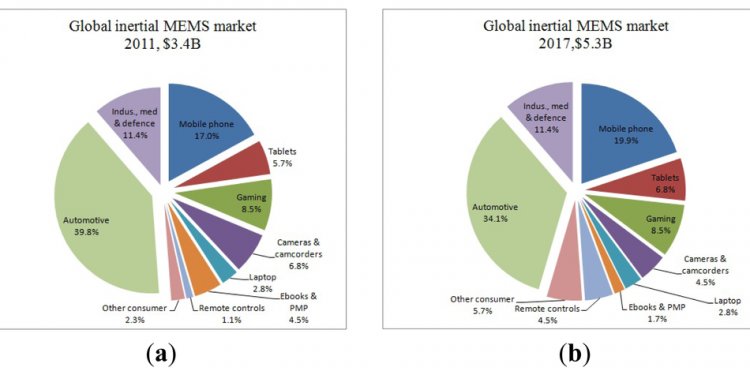
Open loop system diagram
Process control can be defined as the function and operation necessary to change or stop a device or material either chemically or physically.
There are two main types of this sytem, which are given below.
Open loop System - Process Control
It is control system in which a control action is applied on the output of the system. Such system are simply command by the input, an open loop control system is shown in the below figure,
The process is controlled by providing the input to the control of the open loop system to keep the out put at a desired level. The set point of the open loop system is also called “Command”. It is necessary to achieve the ideal operating point for the process and observe the result at the out put manually, since the only one input is applied to the control in form of set point, so it is clear that an open loop control system control the process blindly and the controller receive no information in the form of feed back to control the output status of the process.
The open loop control system are cheaper and less complex then the closed loop control system, while the controlling efficiency of this system is nearly zero.
Set point
The set point is the input that determines that the desired operating point of the process.
Controller
Makes the system’s decision based on the input signals, generates output signals, which operate actuators to carry out the decision.
Actuators
It converts system out put electrical signals in to physical action.
Process
Process means to change the material chemically or physically.
Disturbance
Each process has one or more disturbances; Disturbance tends to change the control variables.
Closed loop system
The closed loop system is one of the control system in which the feed back taken from the out put and then this feed back is feed is applied to the comparator for the comparing with the set point and the error is then apply to the further circuit, The operation and Block diagram of the closed loop system is shown in the below figure.

It is the input that determines the desired operating point for the process.
Comparator
It is used to obtain the difference between actual out put with set point, the set point signal is applied at the positive terminal and output sensor is applied at negative terminal.
If the negative terminal is on low potential then positive terminal potential comparator generates positive signal, which is used to operate final control element after amplification.
Error Amplifier
It amplify the error signal and give to the controller because the error signal is very weak in amplitude, it may be not directly operate the controller, so this weak signal is amplified by error amplifier.
It produces the output signal for the process based on the input error signal.
Output attenuator
It controls the out put of the controller stage and input of the process state.
Sensor feedback
It provides input from the process to the set point or comparator which compare the set point and feedback signals.
Each process one or more disturbance which tends to change the controlled variable. The main function of the close loop process control system is to regulate value of controlled variables, when disturbance change it.

















